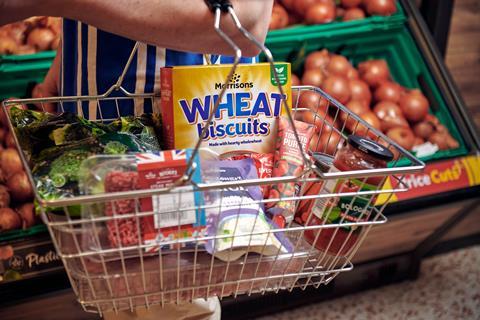
The price of budget food in supermarkets, such as pasta, cooking oil and tea, has soared 17% in the 12 months to September, data from the Office for National Statistics has showed.
The data showed that low-cost everyday grocery items have become more expensive at a greater rate than the overall rate of inflation for food and drink, which the ONS said last week stood at 14.5%.
Food and drink inflation, along with energy bills and transport costs, was one of the main drivers of overall inflation. September CPI figures have hit 40-year highs at 10.1%.
The ONS found the price of some household staples in supermarkets have skyrocketed in the past year – pasta was up by 59.9%, while tea rose by nearly 50%.
Vegetable oil, which has seen massive cost increases in recent months due to the conflict in Ukraine – one of Europe’s largest cooking oil producers – went up in price by 65.2% in the year. It saw an increase of 46% between April (a month after the conflict began) and September 2022 alone.
The Russian invasion of Ukraine has also disrupted supplies of grains such as wheat, as well as fertilisers, contributing to the overall rise in the cost of groceries.
Other everyday essentials that recorded large increases include chips, milk, bread and biscuits.
Some items have reduced in price, including fruit orange juice and beef mince, down 8.9% and 7.4% respectively.
The ONS figures were based on web-scraped supermarket data for 30 everyday food and drink items from seven major grocers’ websites, covering fresh produce, meat and fish, as well as cupboard staples and chilled products.
It warned that the “highly experimental research” used new methods and therefore the result was less robust than official statistics.
Earlier this year, food campaigner Jack Monroe sparked a media storm by claiming budget items were facing some of the biggest price hikes, eventually leading the ONS to gather and publish data on low-budget groceries inflation.




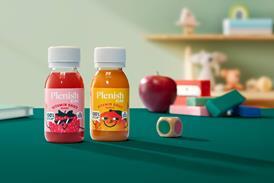


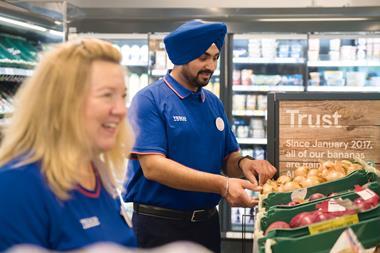

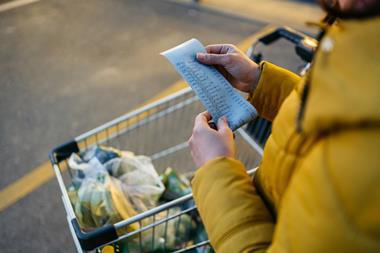




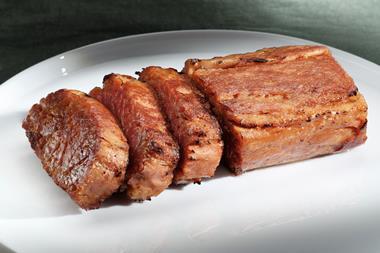
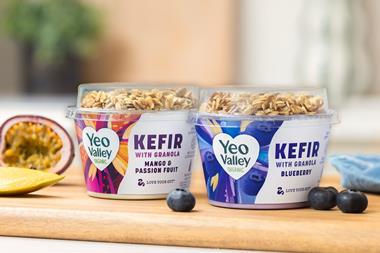
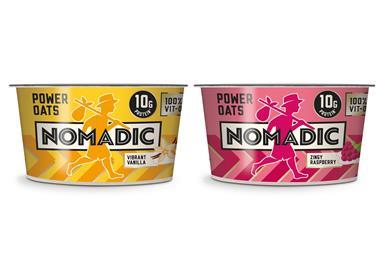


No comments yet